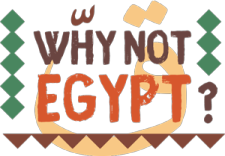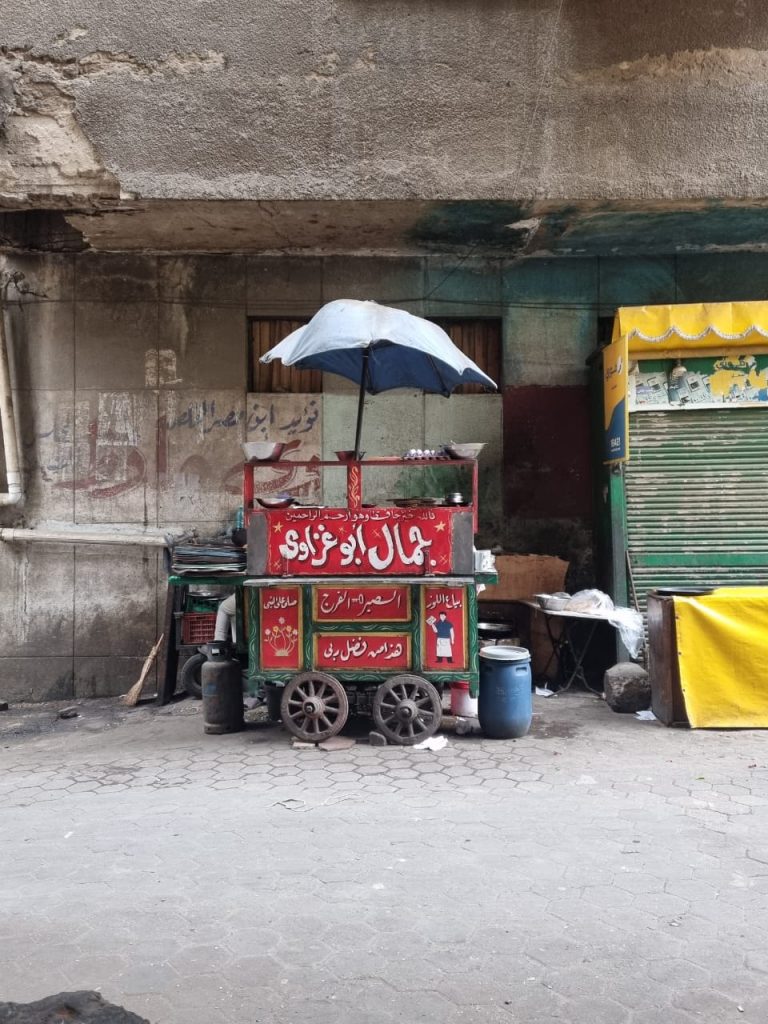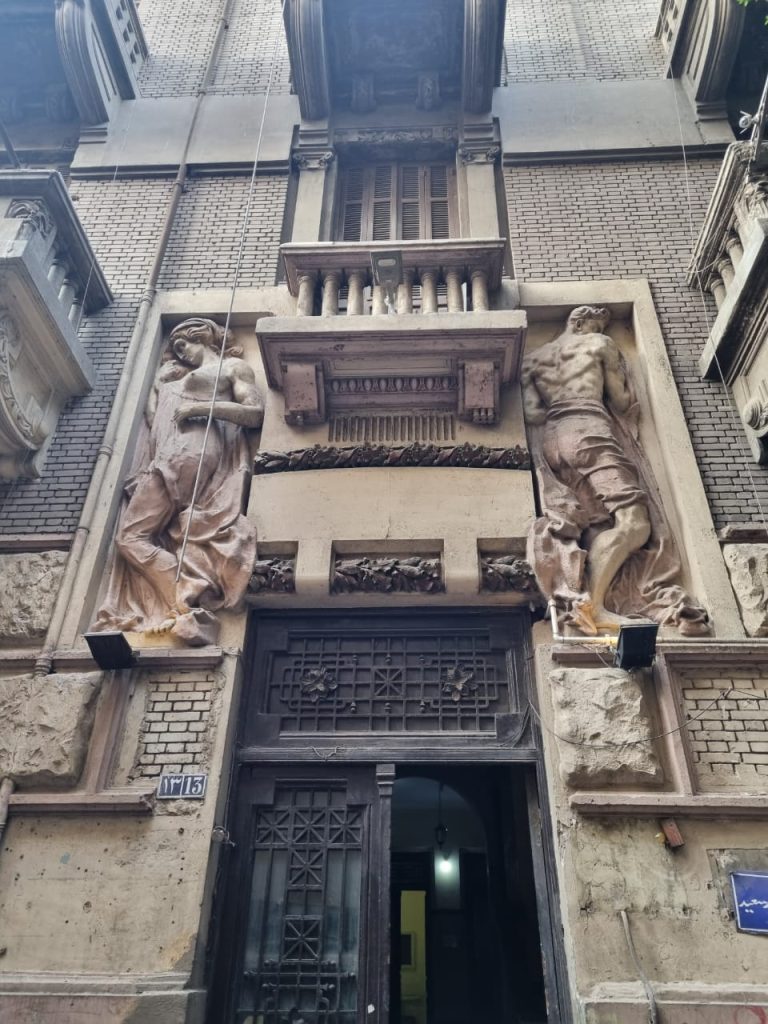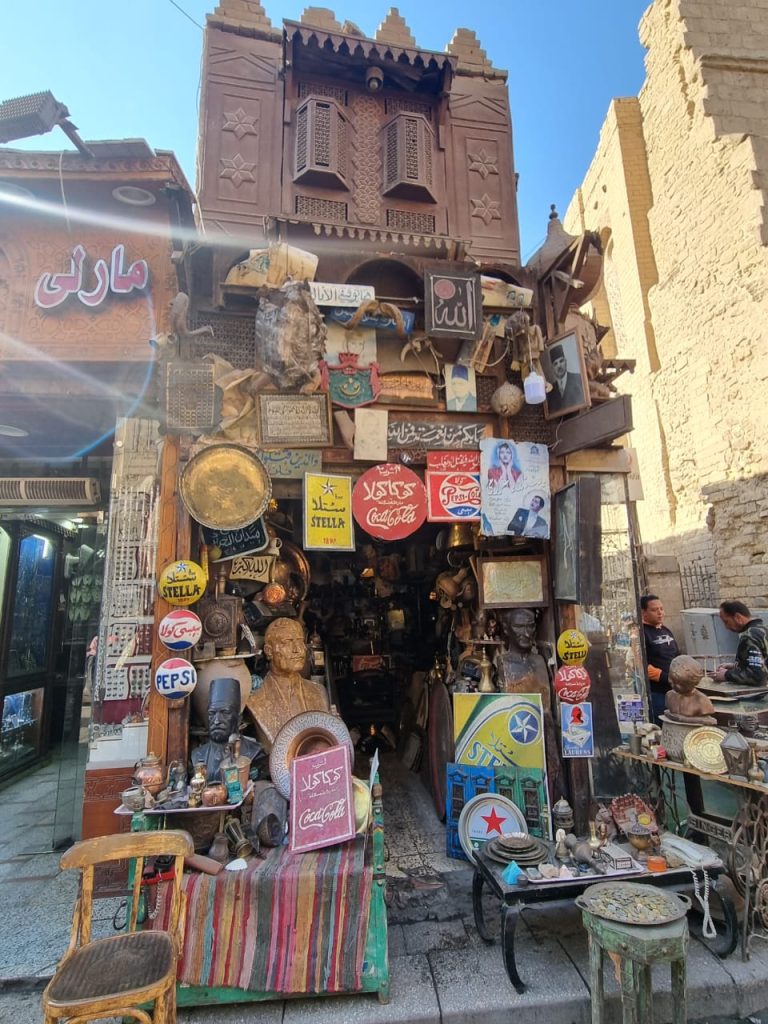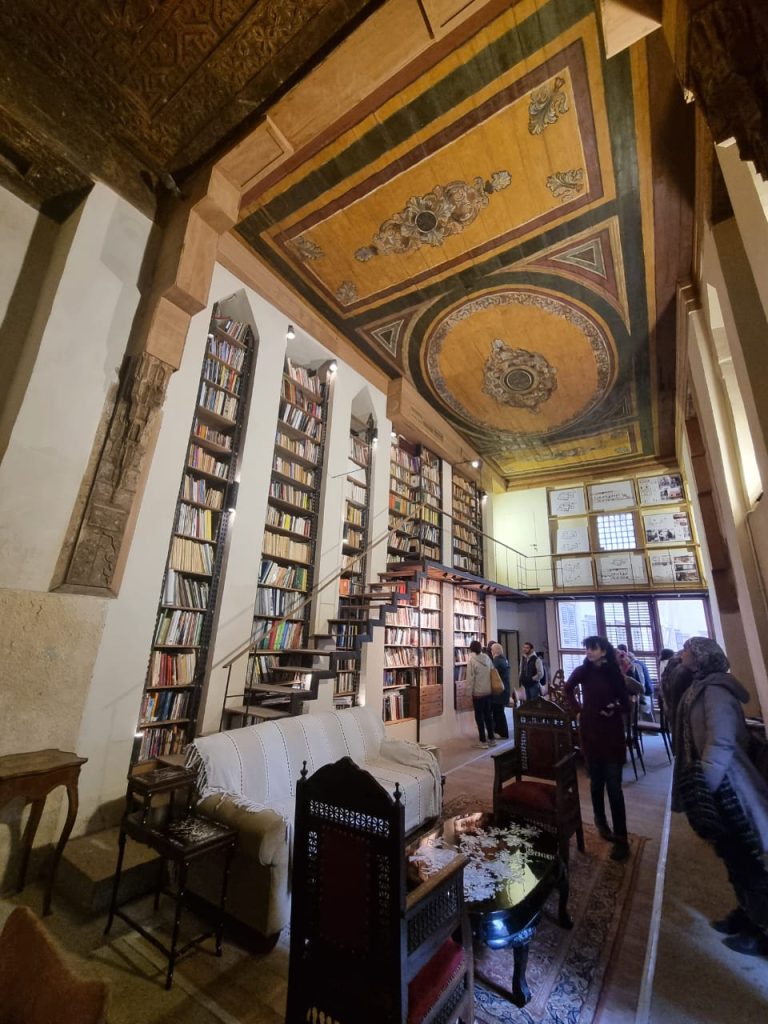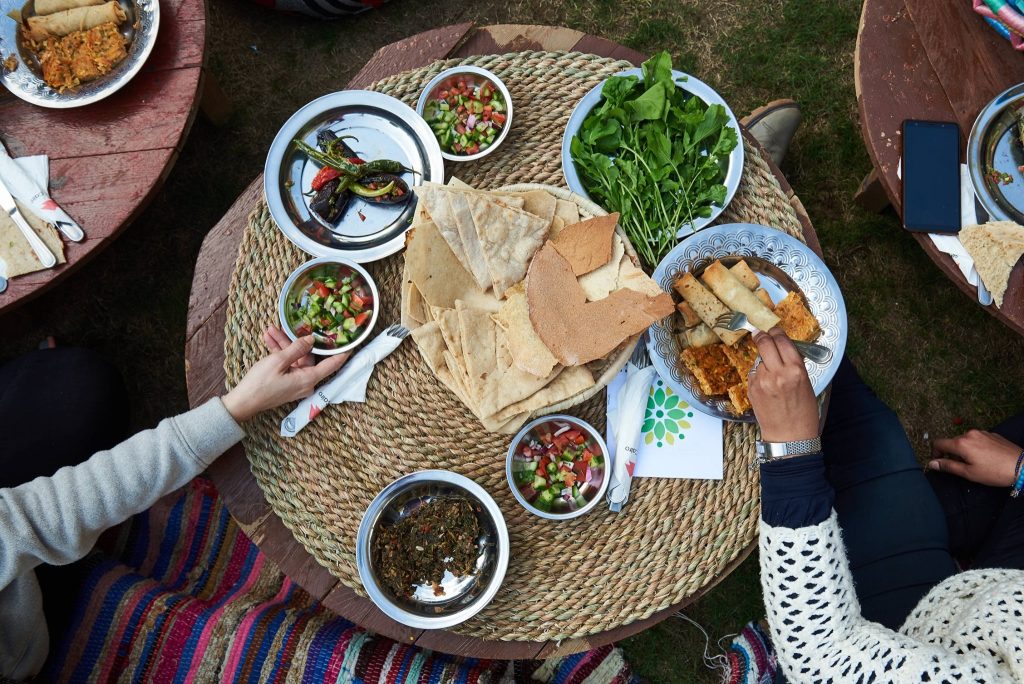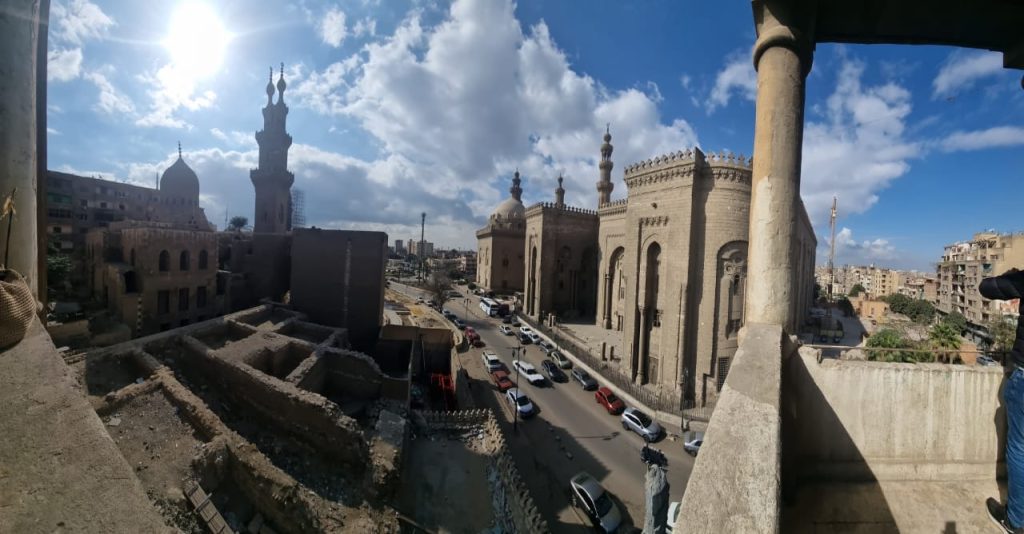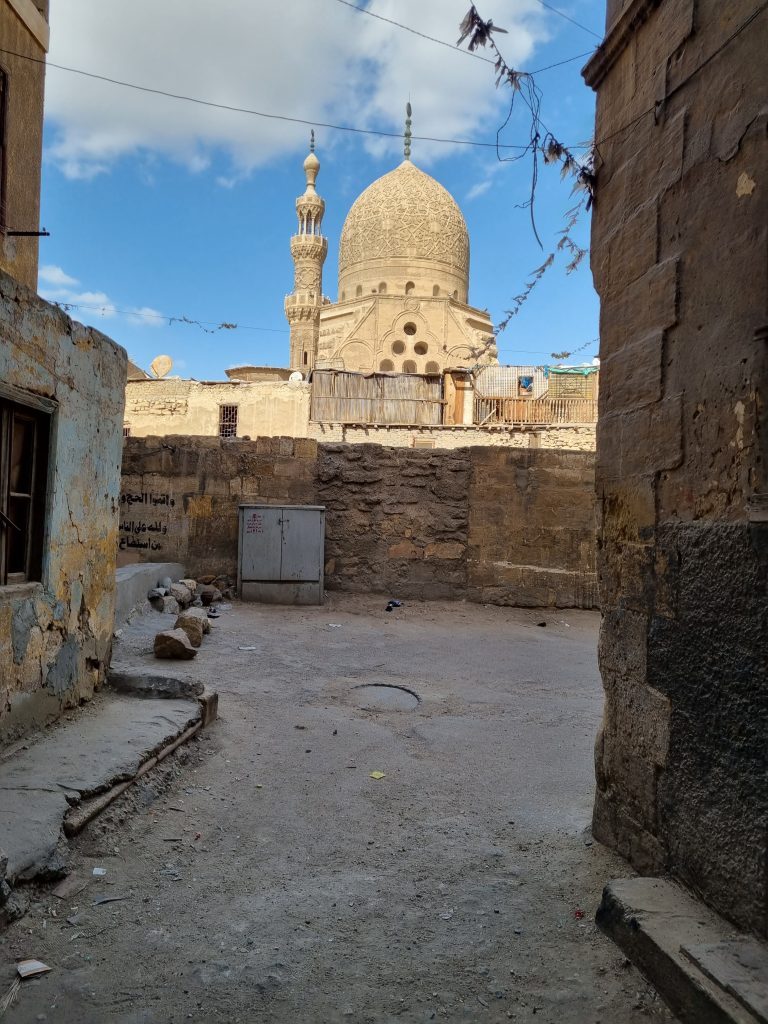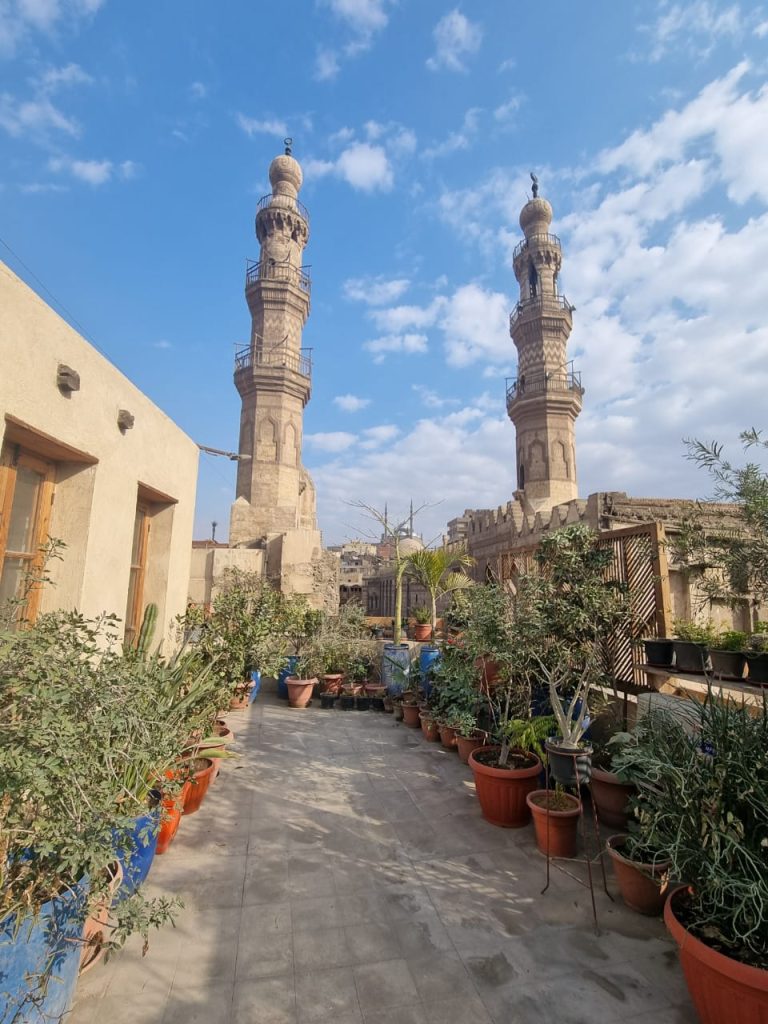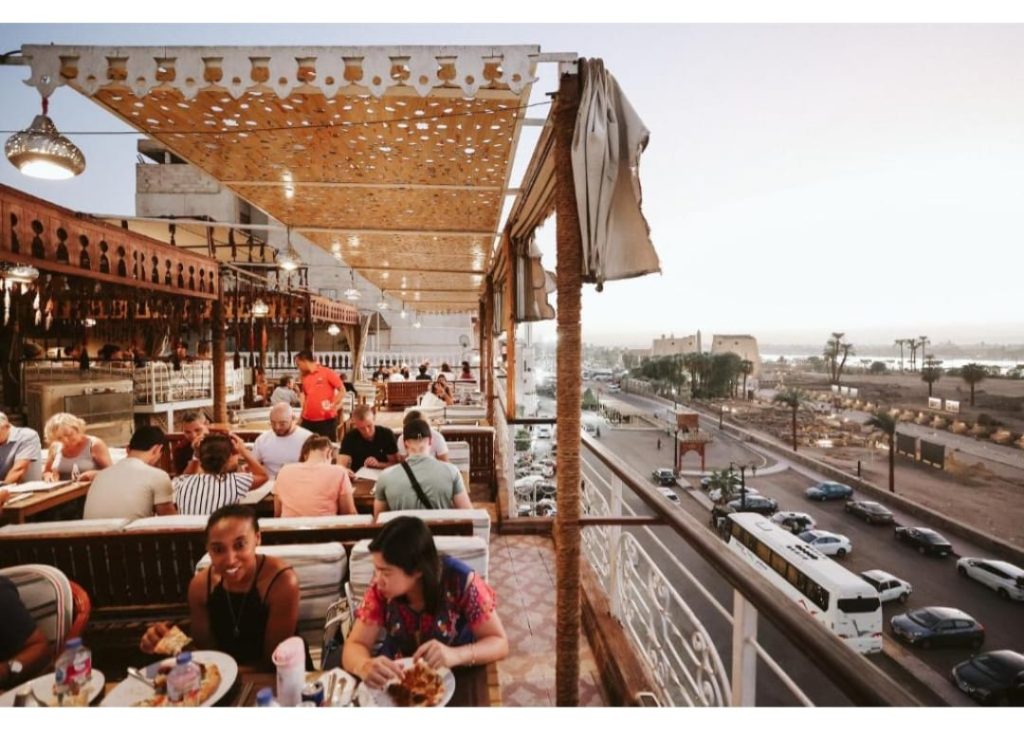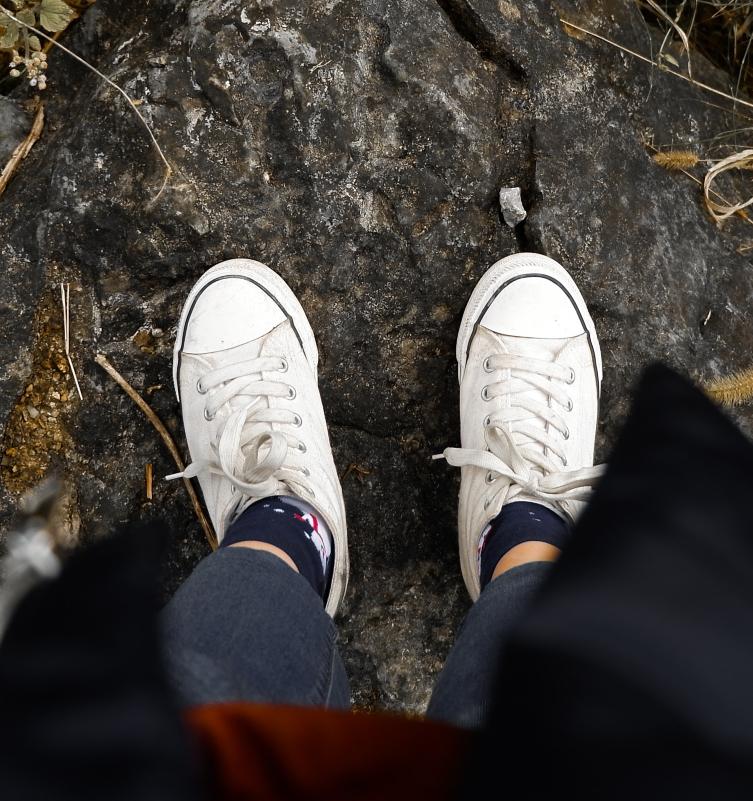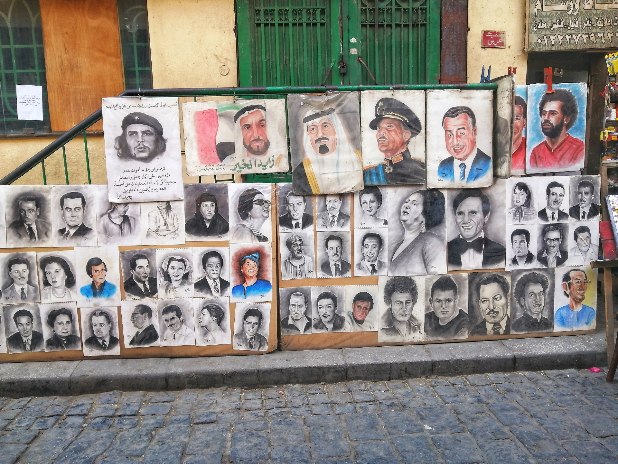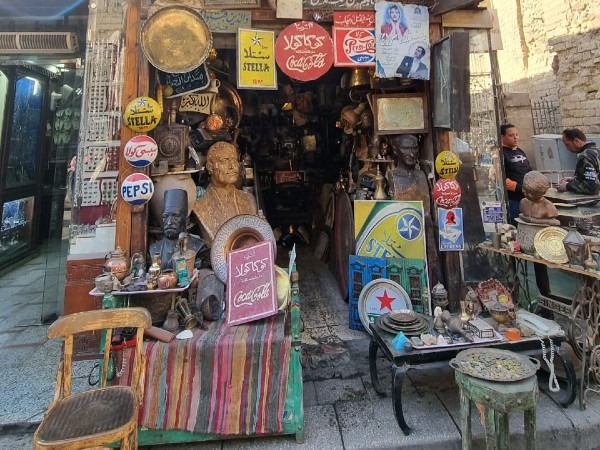
10 Unusual Ways To Enjoy Some Of Egypt’s Most Famous Sights
It would be just repetitive to talk about the significance of Egypt in human history, being the oldest country in the world, the craddle of civilization, and how Ancient Egyptians have had unmatched mastery of engineering, astronomy, art, medicine, math, well the list continues endlessly.
Most travelers to Egypt seek a hands-on experience of what they were taught at school, mostly keeping this trip as their long awaited for retirement reward, misled by the media that Egypt is an unsafe place to be, and end up traveling all the way to tick Giza Pyramids -the only standing wonder, of the 7 wonders of the Ancient World- and Luxor temples off their bucket lists, while mostly missing the true essence of Egypt; its vibrant streets, its modern history, its mouth-watering cuisine, its wealthy heritage, culture and local life.
So, What Is Cairo Like?
Almost everybody would tell you that Cairo is a cacophony of sounds, THE capital, a BIG city with almost 30 million inhabitants, where we drivers are just insane, yet somehow make it work, traffic lights are used as suggestions more than being strict rules to abide to, streets looking like bumper-car arenas, pedestrians crossing carelessly with 100% confidence that they won’t be run over even on a highway, where you start off by hating how loud and chaotic it is, but after spending a couple of days exploring its streets, digging deeper into layers and layers of deep rooted culture and heritage, beginning to understand that this mishmash somehow works in a harmonious way, and as Anthony Carne beautifully said -on Quora– “Cairo is a city that mirrors your mood back to you in an amplified way. If you are happy and upbeat – that is what you get back. If you are grumpy, angry and unhappy – that is what you get back.”.
Some visitors, including locals fail to see the beauty that lies beneath, the diversity that Egypt has to offer, reality is; when in Egypt you will never run out of options, or possibilities; if you are broke you can walk the streets of downtown Cairo, enjoy its beautiful architecture and grab a bite, or head to Old Cairo where you can visit ancient churches, a synagogue, and Egypt’s & Africa’s oldest mosque for free, if you feel like sightseeing, you can easily go beyond the famous sights, and choose instead those 12 non touristy things you didn’t know you can do in Cairo, and if you feel the need to be more active, you can go for those 52 fun things to do in Cairo that do not involve food, and where to find them.
As we want you to get the best of both worlds, so you can get to experience historical sights differently, we have put together this list of 10 unusual ways to enjoy some of Egypt’s most famous sights.
1. Explore The Beauty Of Downtown Cairo And Uncover Egypt’s Delicious Food Scene
You haven’t visited Cairo until you walked the streets of downtown, a neighborhood that was established in the late 1800’s by Khedive Ismail, who fell in love so much with European architecture that he wanted to replicate it in the heart of Cairo, by creating a new Paris, but by the River Nile.
This is where you will get to marvel at some of Egypt’s finest architecture, and notice how it has changed overtime, you will get to see locals go shopping, run errands, grab a bite or buy a fruit juice on the go, you will get to experience the true essence of Egypt and its energy, and what better way to do it then while savoring its local cuisine?
Egyptian cuisine, is one of the most diverse cuisines in the world, that is highly vegetarian, even vegan friendly at times, let alone that most, if not all of its ingredients are home-grown. A cuisine as old as time, which has been influenced by ingredients from the Mediterranean region as well as neighboring cuisines, by the Ottoman Empire that lasted for over 300 years, Italian and Greek workers and chefs in Egyptian Royal Palaces since the early 19th century, by Bedouin and Amazigh food. In every region, even in every city or village, they have their own dishes; speciality of the area.
Treat your senses to authentic Egyptian street-food by taking a Bellies En Route waste-free food tour, while connecting with a local who not only will teach you about the different foods you will be tasting, but also a bit of history, culture, and local life, but above all help you challenge lots of misleading information and misconceptions about Egypt and Egyptians.
P.S: Bellies En Route offers two other food tours; Heliopolis Tour in one of Cairo’s oldest neighborhoods, and Women of Egypt & Shopping Tour; a culinary and shopping experience, only featuring businesses led by women, in addition to Egyptian Cooking Class & Market Experience in their space located in a 100 years old historical building located in downtown.
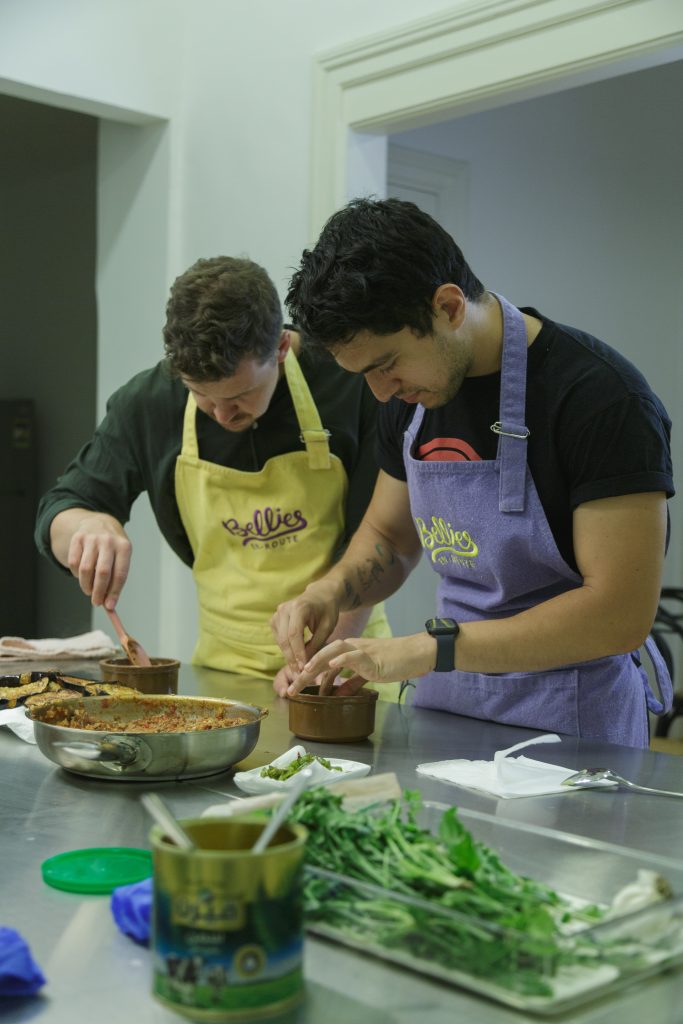
2. Release The Indiana Jones Inside You By Exploring Cairo’s Sights On A Treasure Hunt
If you are not a museums, or so much of a sightseeing person, yet you know it will be a shame if you come all the way to Cairo without visiting some of its famous sights, then you might go instead for a treasure hunt by Carpe Diem, who offer three different options; one in downtown Cairo, another in Islamic Cairo -around world famous Mui’z Street and the Old Market of Khan El Khalili area, one of Cairo’s longest streets-, and a third one at the National Museum of Egyptian Civilization -where 22 Royal Mummies were transferred from the Egyptian Museum of Antiquities in a festive parade, to have a new home in an underground floor at the museum dedicated to them, the museum gives visitors the chance to learn about the diversity and richness of Egyptian civilization from prehistoric till modern times, and offers Kimet for kids; an edutainment experience to make kids engage to enjoy history.
3. Dance To The Beats Of Egyptian Folk Music
To understand a culture, I think folk music is as important as food. It’s always interesting to watch which instruments are being played, what dance moves are involved, and if performances are predominated by women or men, or both are equally involved. At Makan -a.k.a. Egyptian center for culture and arts- you will get a glimpse of a specific type of music called Zar, this type of music and performances aim at driving demons and evil spirits away, it has been part of Egyptian culture since forever.
Two performances happen every Wednesday -but keep an eye on their Facebook page, as in very rare occasions they cancel-; first one is from 8 till 9:30PM, second show is from 9:45 till 10:30PM, booking is required via whatsapp, and you must arrive an hour before the show in order to pay for your tickets, booking drops after 15 minutes -some people wait at the door for someone not to show up and buy their tickets.
They host other folk music shows every once in a while, either by other Egyptian bands, or singers and performers from all over the world. My absolute favorite is when they host artists from other countries, and let them do music fusions with Zar music.
4. Find A Collection Of Rare Books In A 17th Century Newly Renovated Historic Mansion
Bayt Yakan is the true definition of hidden-gem; a 17th century mansion that was gifted by Muhammad Ali Pasha to his nephew, its ownership had passed from generation to the next, while the characteristics and features of the area have changed and deteriorated. The current owner Dr. Alaa El Habashy who was in charge of restoring many historical buildings in the same area of Al Darb Al Ahmar, has noticed the house, and was surprised at how it has been used to store meat by its owner who was a butcher. Once he learned that the owner wanted to sell it, he bought it, and for 12 years he and his wife Ola Said, who are both architects worked hand-in-hand in order to restore it to its original state, while genuinely interested in turning it into a cultural hub that hosts workshops, and cultural events about Egypt’s tangible and intangible heritage, in addition to bazaars and art exhibitions showcasing beautifully made Egyptian Handicrafts from the area. But that’s not about it, instead of staying in a hotel, you can rent out one of the rooms in the house, and BONUS; it has a jaw-dropping library that makes you travel back in time, where you will find a rare books collection for you to check out, or you can just sit there and imagine how life was in this house almost 400 years ago. The library is only open on Mondays from 10 AM till 2:00 PM.
5. Finish Up Your Visit To Saqqara Necropolis By Taking A Baking/Cheese-Making Class In A Farm
Who would have guessed that after spending half a day staring at vast desert, that you can actually go for a nearby farm visit?
You can enjoy a Gastrotour, a Cooking Experience, a Bread and/or Feteer baking, or Cheese-Making class, or a Seasonal Harvesting Tour brought to you by Nawaya, an initiative that aims to preserve Egypt’s culinary heritage through reviving centuries old recipes, documenting them, and offering culinary from farm to table experiences provided by women from the community of four neighboring villages -Saqqara, Dahshur, El Badrashain, & Abu Sir- which creates a new revenue stream for families, but most importantly create jobs from women who have never thought they would ever get the chance to do anything besides being house-wives.
6. Learn The Art Of Arabic Calligraphy In A Historical House In The Heart Of Islamic Cairo
If you take a closer look at Arabic Calligraphy styles, all the writings you’d see inside mosques, mausoleums, and Islamic sights, you cannot help but notice huge differences between those styles, and it can be difficult even for us; Arabic speakers to read those scripts, and versus of the Qur’an. If you wish to learn this unique art in the heart of Islamic Cairo, it’d only take you a 5 minutes walk after your visit Al Sultan Hassan Mosque-School -a personal favorite architectural wonder- to find Al-Qalam Foundation located inside a beautiful historical house, offering classes for all levels, but also a breathtaking view of Islamic Cairo.
7. Take A Photography Tour In Cairo’s City Of The Dead (a.k.a. Desert Of The Mamluks or Al-Qarafa)
People always wonder why on earth would I want to visit a place called the City of the Dead?!! As creepy as it sounds, but this centuries old huge necropolis isn’t a sad place to be, it’s a place where locals celebrate life and death equally, sounds weird, huh? Well, some locals due to housing problems, had to choose to live in the City of the Dead, but also many who made this a resting place for their loved ones, decided by choice to live closer to them, which is a reminder of life together, and death in the future. The City of the Dead came to existence around the 7th century when Amr Ibn El-A’as ruled Egypt, it became the official cemetery in Old Cairo “Al-Fustat” in the 9th century, but actually flourished between the 11th, 12th and 13th centuries, when Mamluks ruled, and that’s why it’s also known as the Desert of the Mamluks. In this necropolis, you will get to see mausoleums of esteemed religious scholars and figures, beautifully decorated in Islamic art and Arabic calligraphy, in addition to mosques and funerary complexes.
There are many community-based initiatives that provide walking and photography tours in this area, MASQ Hub offers guided walking and photography tours in English, but also hosts bazaars, art exhibitions, and Egyptian folk music performances. While Athar Lina offers tours mainly in Arabic -you can always find someone on the tour to help you with translation- in the City of the Dead among other places around historic Cairo, what’s really cool about their tours is that some of them are interactive, so you start off by going on a guided walking tour, then in one of the stops they will either teach you an Ancient Egyptian handicraft, or Arabic calligraphy art, and BONUS their headquarter can be rented out as an accommodation option in the heart of Al-Khalifa historic neighborhood.
Out of Cairo…
8. Savor Authentic Nubian Cuisine On Bigeh Island Overlooking Philae Temple
We are talking about an eco-village that’s only accessible by boat, offering the best views of Philae Temple! An entire project that inititally started to revive Nubian heritage on a Nubian island deserted and neglected for years. The project consists of Eco Nubia eco-lodge and Solaih Restaurant offering authentic Nubian recipes, cooked and served by Nubian chefs and staff, aiming to saveguard them from disappearing.
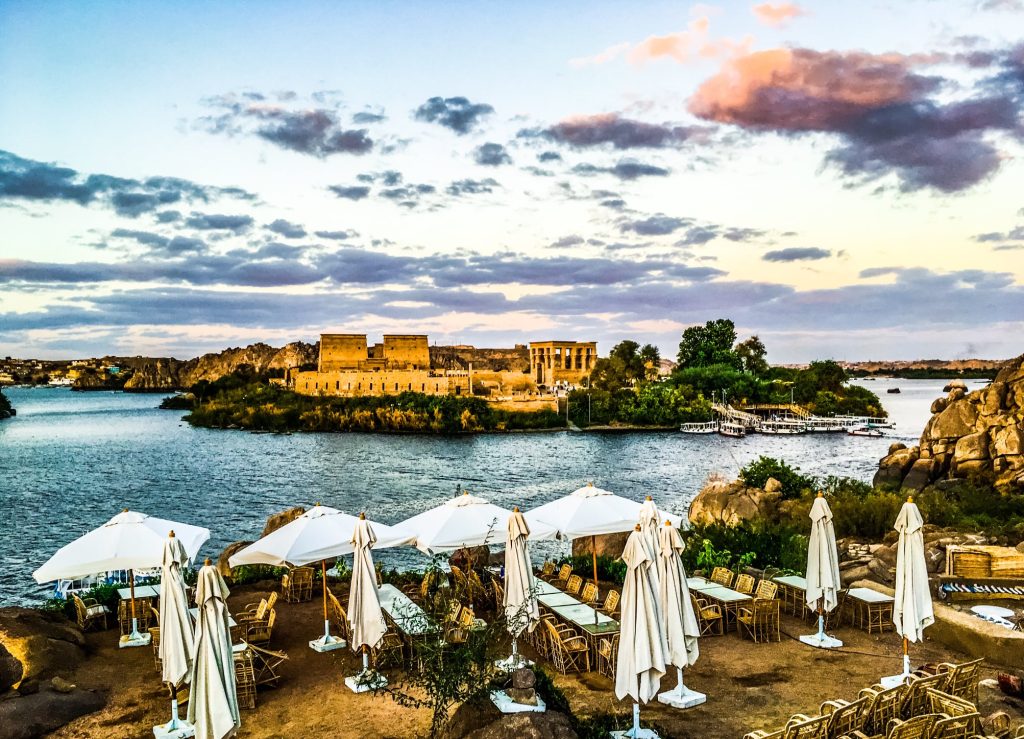
Solaih requires booking and ordering food 24 hours in advance, as everything is cooked fresh, and some recipes require long preparation time. And the best time to go is an hour before sunset, so you can catch some sunlight, but also enjoy watching the sound and light show from afar.
9. Cruise The Nile River At Your Own Pace
The Nile River has and will always be the source of life in Egypt, Ancient Egyptian civilization happened where the nile river flowed. While almost every traveler to Egypt would either take a Nile Cruise from/to Luxor/Aswan, or enjoy a meal onboard a static or moving boat, what a better way to experience it other than on board a Nile Kayak at your own pace? There are many kayaking and stand up paddle clubs around Egypt that offer kayaking experiences in Cairo, Alexandria, Gouna & Aswan, there are even some that offer several days kayaking trips from Aswan to Luxor.
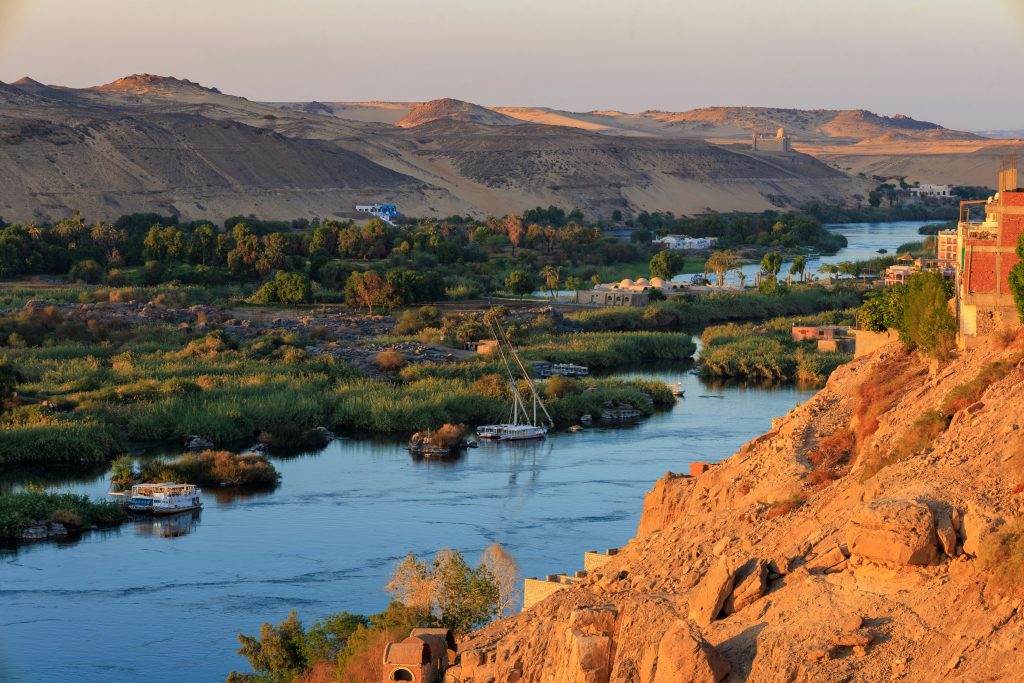
10. Enjoy A Breathtaking View Of Luxor Temple & The Avenue Of The Sphinxes From A Rooftop Restaurant
If at this this point you are templed out, after too many temple visits in Luxor and all over Egypt, it might be a good idea to take “a break” without the guilt of “oh damn, I haven’t been there”, so instead of visiting Luxor Temple and the Avenue of the Sphinxes, you can simply sit on the rooftop of Nefertiti Hotel, known as Al-Sahaby Lane Restaurant & Cafe, which overlooks both. My advice is to go there an hour before sunset, to find a table facing the view, but also to see the view in daylight, then at night after both sights have been beautifully lit. Al-Sahaby Lane restaurant serves drinks, Egyptian food and hookah.
We hope you got inspired by this blog post, and enjoyed reading it as much as we enjoyed putting it together <3
If you have any more ideas, please share them in the comments below, we’d LOVE to hear from you, and don’t forget to follow us on social media.
